What is Calisthenics?
Calisthenics is a form of physical training that uses your own body weight and is growing in popularity around the world. This form of training emphasizes the importance of functional strength, endurance and flexibility and uses a variety of movements that naturally target the body's muscle groups. From basic exercises such as push-ups and pull-ups to advanced exercises such as the human flag, calisthenics offers an impressive range of exercises suitable for beginners and experienced athletes alike.

Calisthenics for beginners
Start with the basics
For newcomers to calisthenics, it's crucial to start with the basics and slowly work your way up. Learning the correct form and technique for basic exercises such as push-ups, pull-ups and dips lays the foundation for more complex movements and prevents injury.

Adjusting the repetitions
An important tip for beginners is to adjust the difficulty of the exercises by changing the angle or using aids such as resistance bands to train in the repetition range that suits your personal goals. What does this mean in practice? For muscle building (hypertrophy), for example, 8-12 repetitions per set is a good starting point. However, the typical beginner in calisthenics is often unable to do 8-12 pull-ups or push-ups at the beginning, let alone for several sets. At this point, it makes sense to either change the difficulty of the exercises by changing the angle (e.g. do your push-ups with your hands on an elevation instead of on the floor) or by using aids such as pull-up bands to make it easier. Pull-up bands help you to reduce your weight during the pull-up and therefore do more repetitions.

Set realistic goals
It's also important to set realistic goals and not try to achieve too much too quickly. Calisthenics is not a sprint, but a marathon. Excessive ambition can lead to overtraining and injury. Instead, the focus should be on steady progress and long-term planning.
Look at your status quo: what is your current fitness level? How much time do you have to train to keep it up in the long term? And then set yourself goals and plan how to get there.

Necessary Calisthenics equipment
Basic equipment
Not much equipment is required to get started with calisthenics training. However, some basic tools can be very useful:
- Resistance bands: ideal for beginners to adapt movements and gradually get used to training with your own body weight.
- Parallettes: Provide an elevated platform for push-ups, L-sits and other exercises that can take the strain off wrists and improve exercise execution.
- Pull Up Bar: A must for pull-ups, hangs, knee raises and much more, essential for developing upper body strength.

Advanced equipment
For advanced users who want to expand their training, additional equipment such as dip bars, gymnastic rings or a dip belt for exercises with additional weight may be of interest. You can use the equipment to create new stimuli and boost your progress.

Example training plan
An effective beginner training plan could include three full body workouts per week to ensure balanced development and adequate recovery. Here's a simple example:
Monday, Wednesday, Friday:
- Warm-up: 5-10 minutes of light cardio (e.g. jumping rope or jogging) followed by dynamic stretching.
- Core exercises:
- Push-ups: 3 sets of 8-12 repetitions (on parallettes if possible)
- Pull-ups: 3 sets of 5-8 repetitions (with resistance band for support if necessary)
- Squats: 3 sets of 10-15 repetitions
- Tricep dips: 3 sets of 6-10 repetitions (on parallettes or on a stable edge such as a chair or table)
- Planks: hold for 3 x 30 seconds
- Cool-down: 5-10 minutes of stretching to promote flexibility and aid recovery.
This plan is modular and can be adapted according to progress and availability of equipment.

Summary
Calisthenics is an accessible, versatile and effective way to achieve fitness goals, regardless of training level. By focusing on the basics, adapting workouts to individual needs and introducing equipment gradually, beginners can build solid foundations and venture safely into the world of calisthenics. Be patient and enjoy the process - the results will follow. We wish you much success!

 | 5.000+ Reviews
| 5.000+ Reviews
 Free EU Shipping above 100€*
Free EU Shipping above 100€*
 300.000+ Customers Worldwide
300.000+ Customers Worldwide

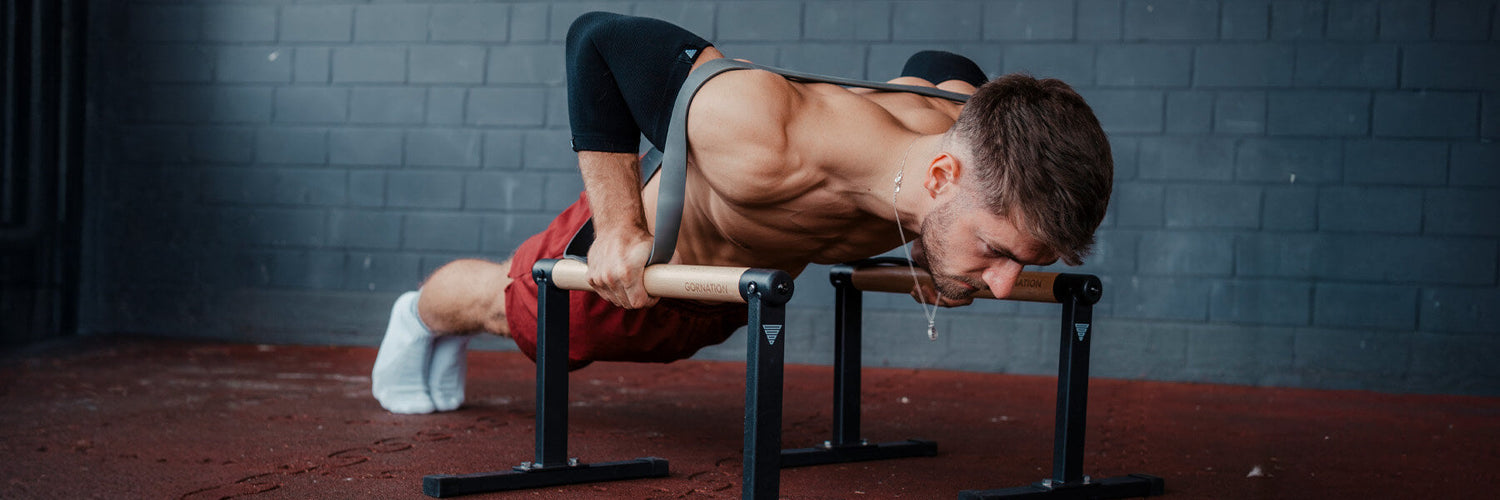

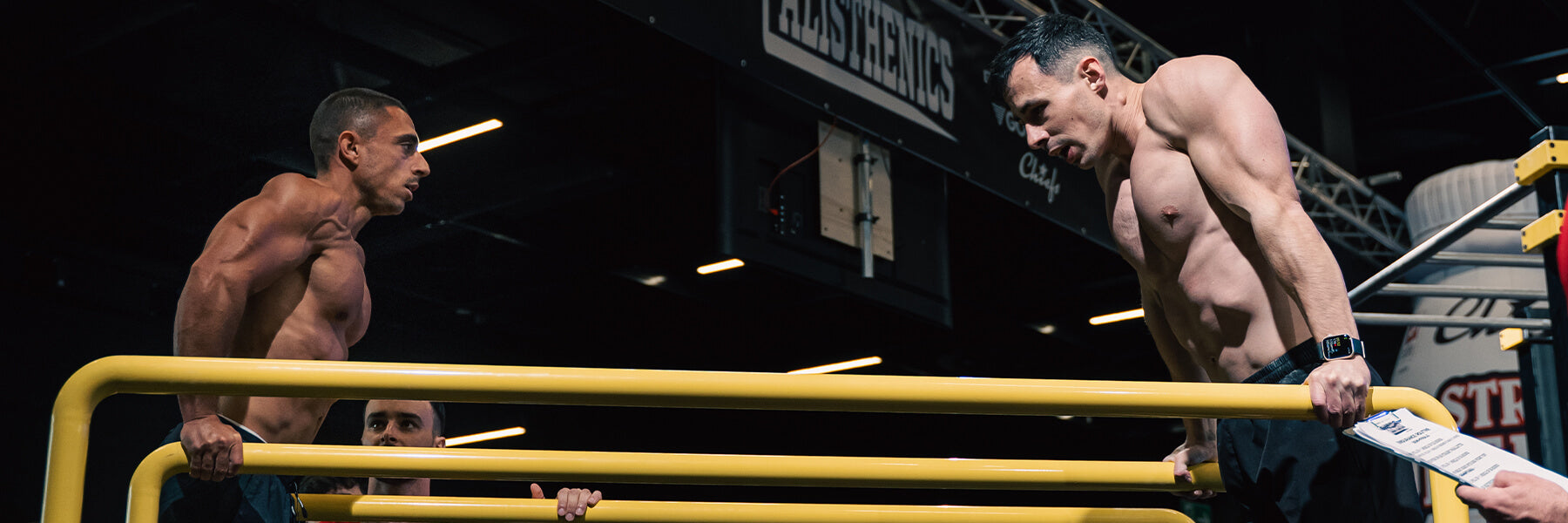

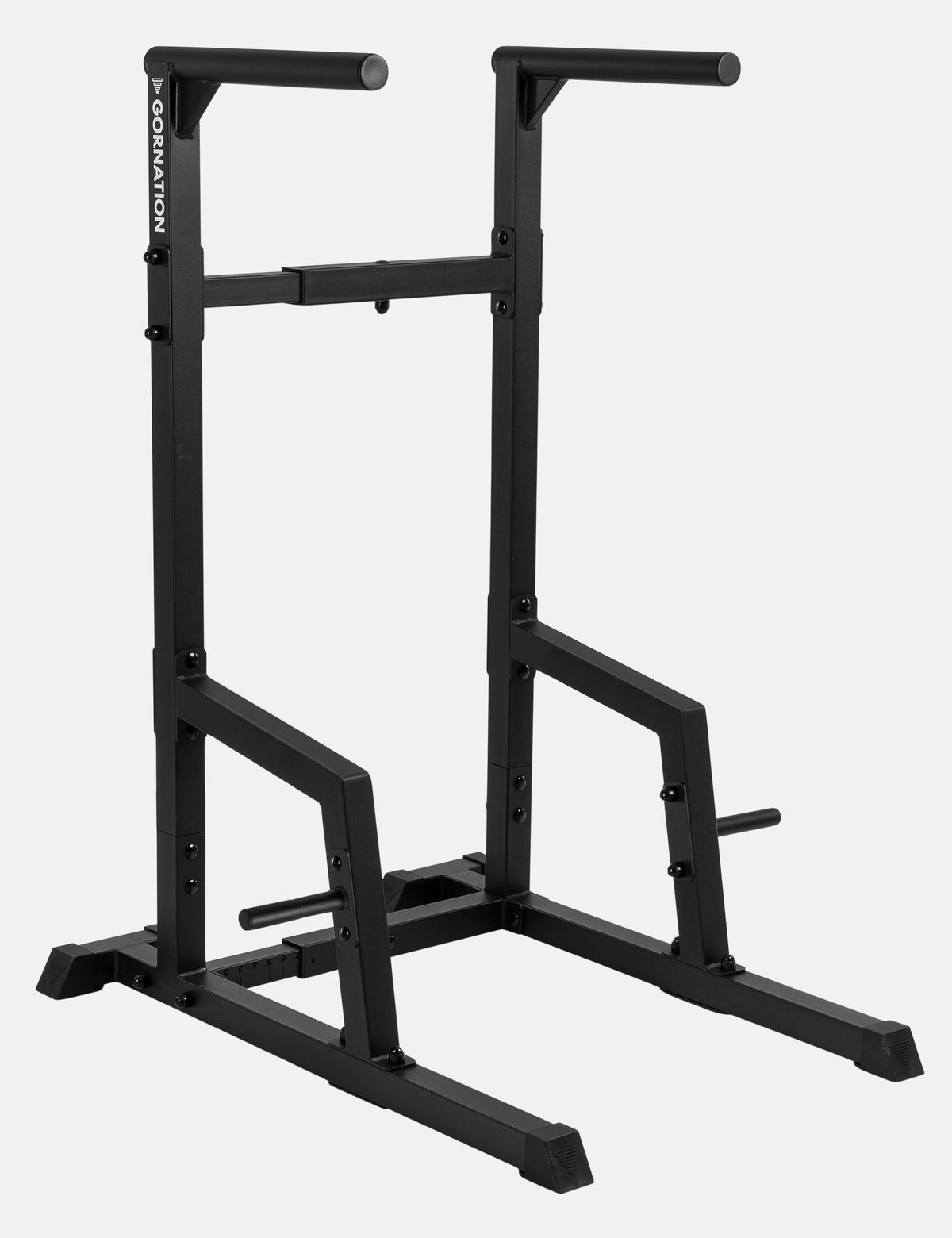
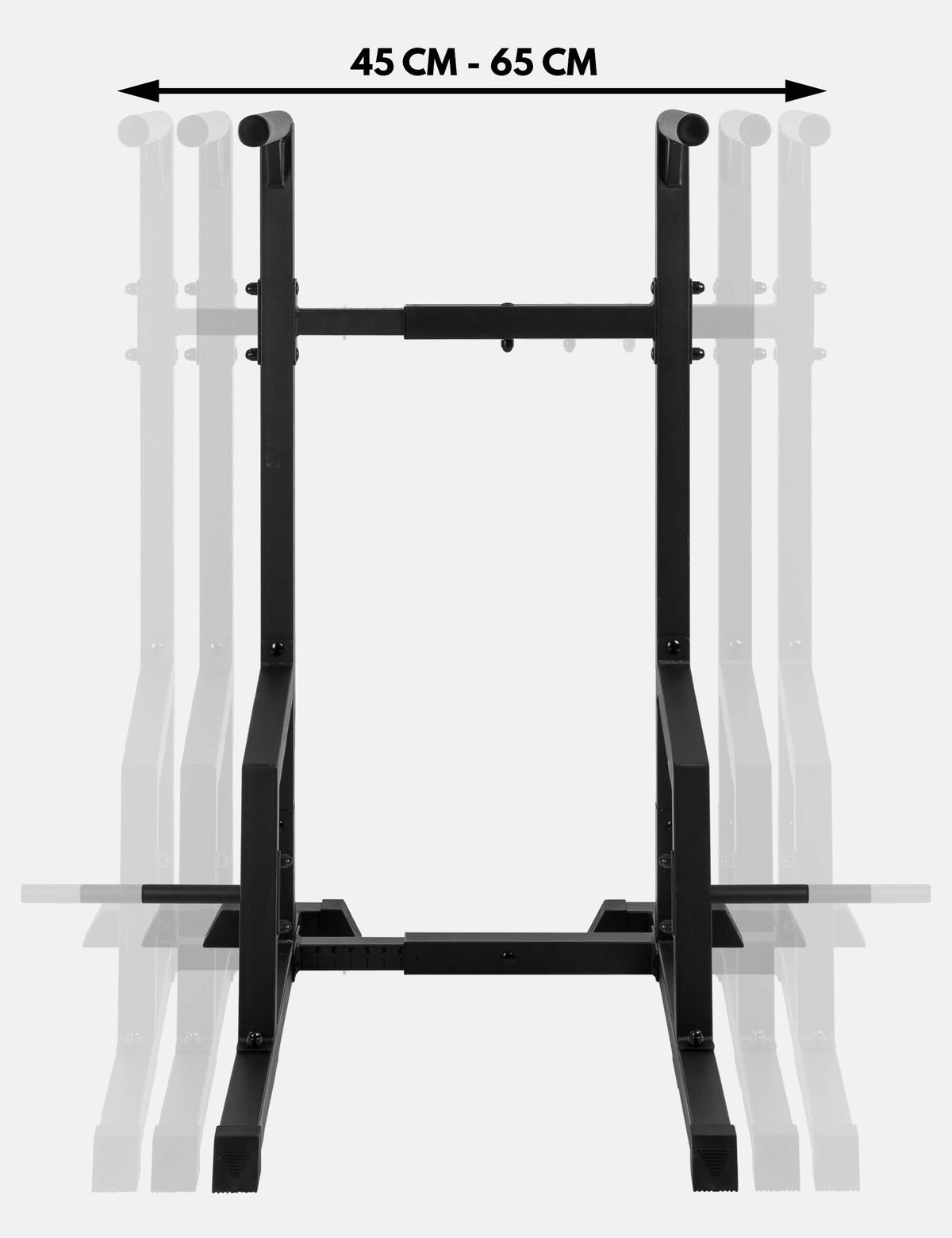

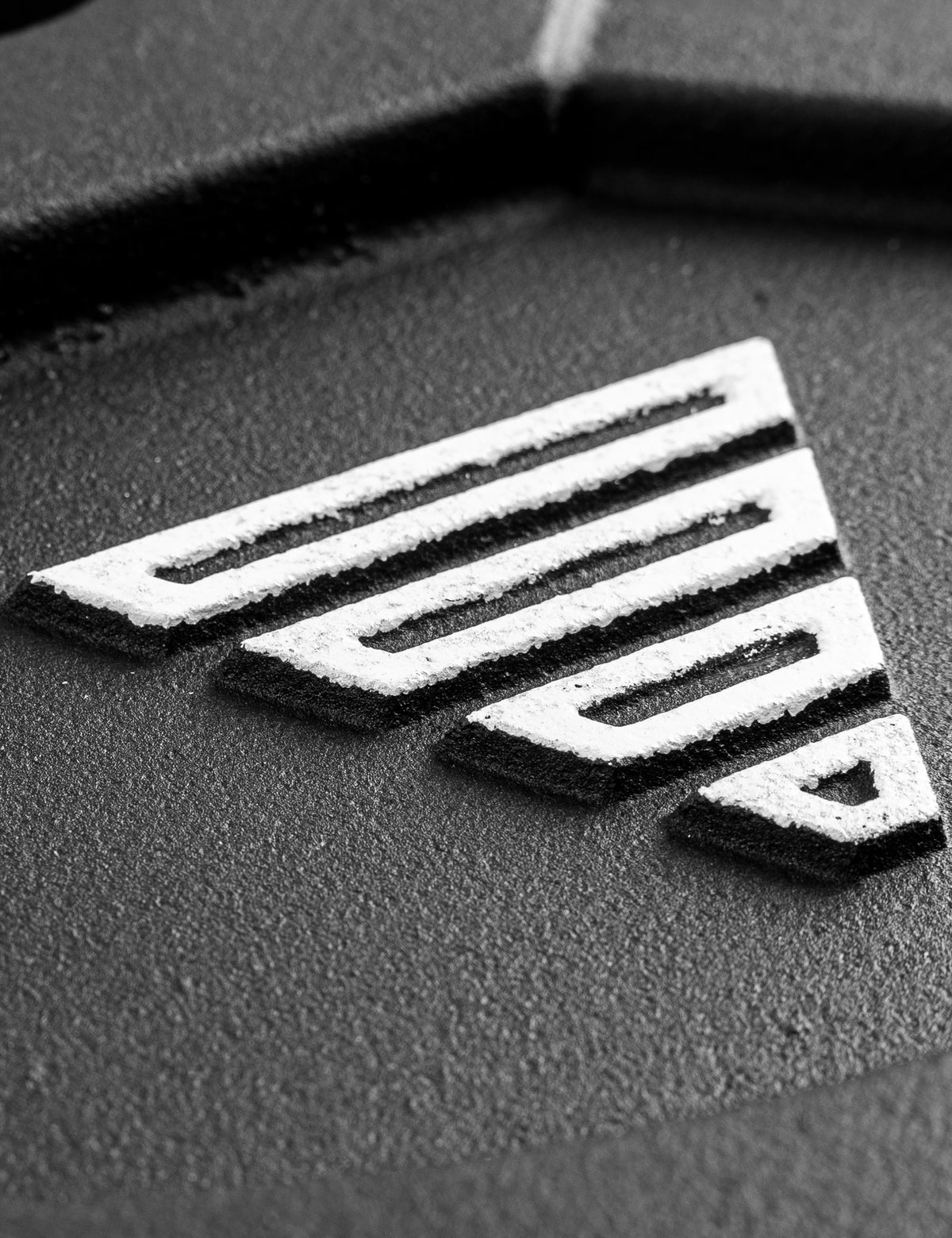
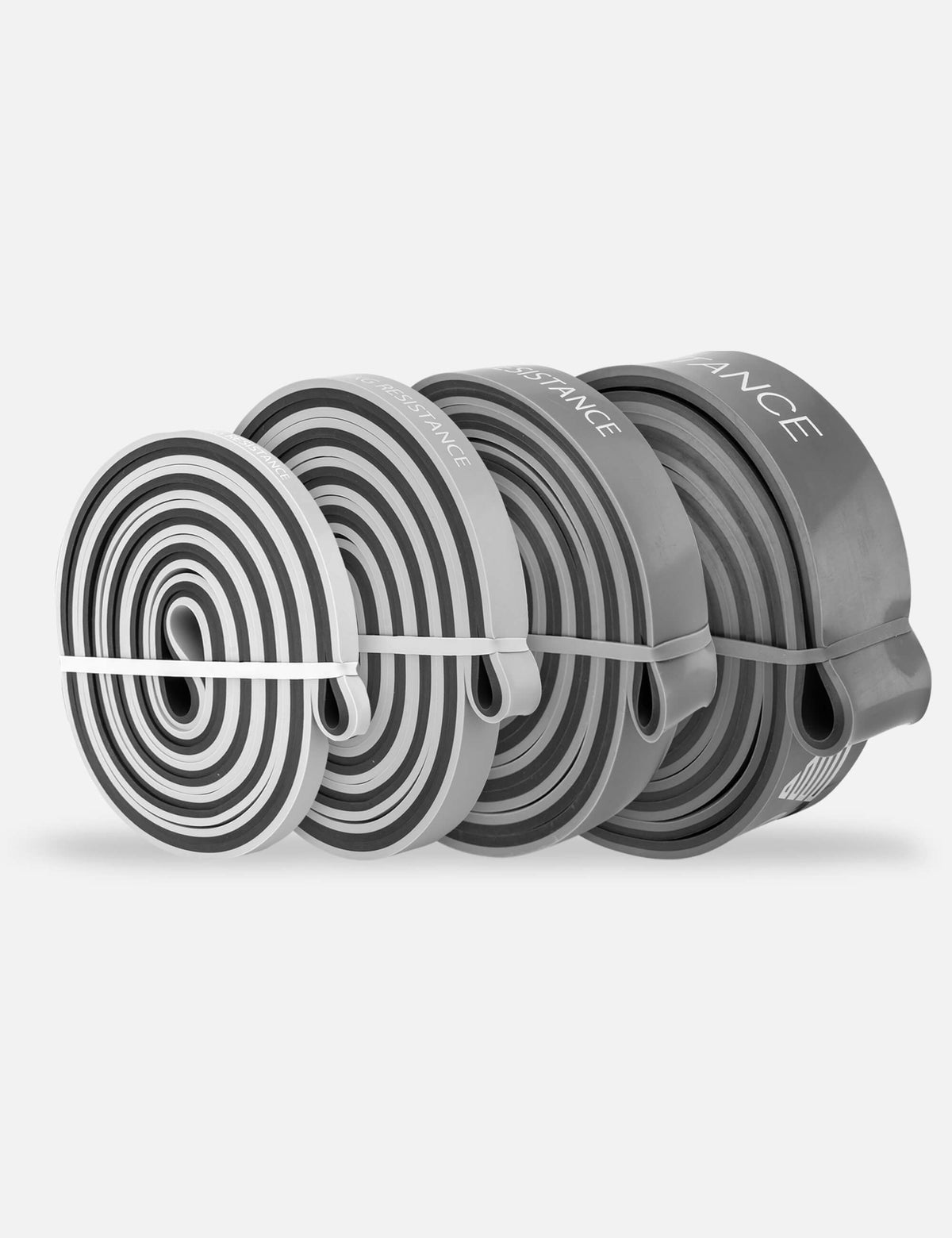


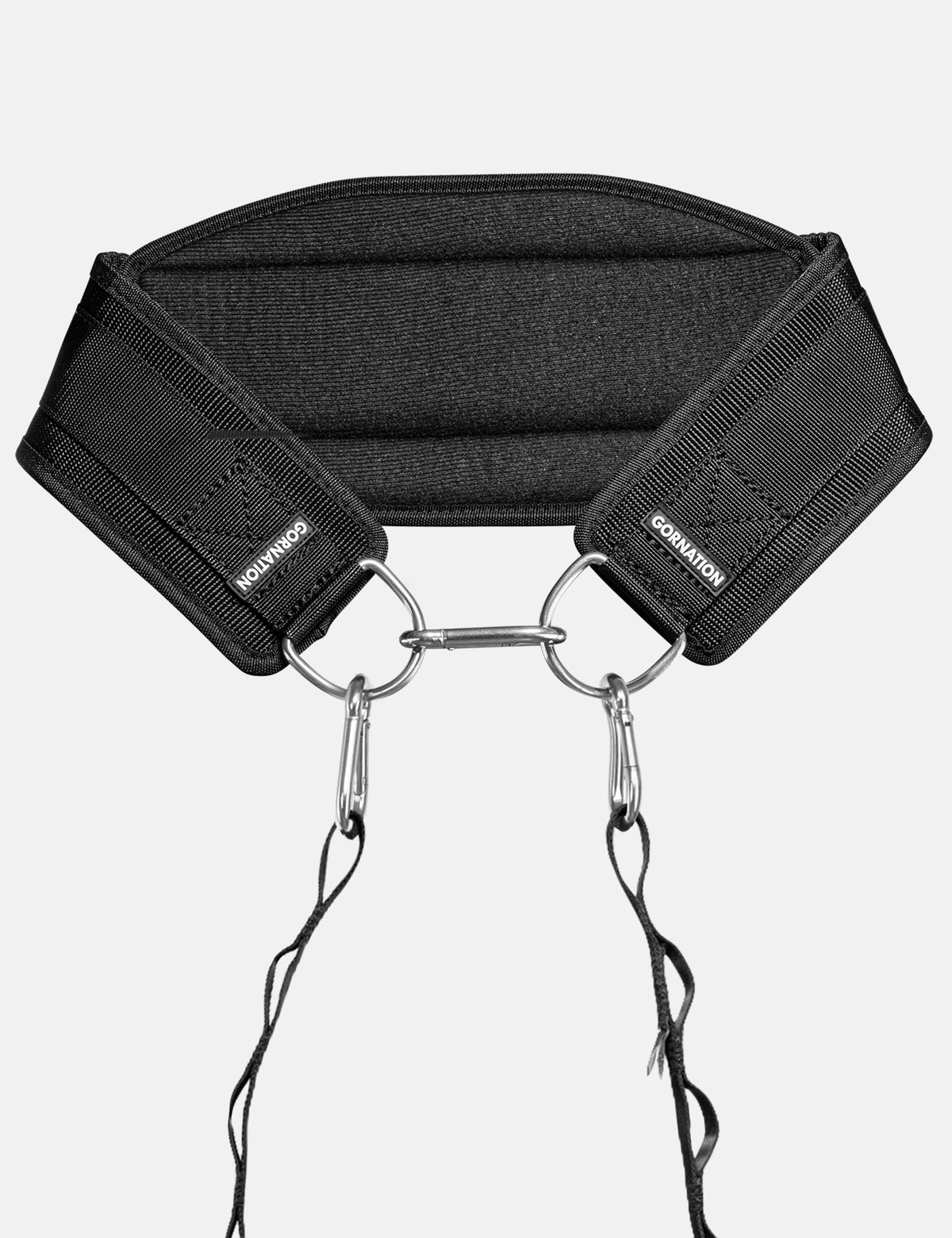
1 comment
Nele Beck
Ich finde es voll gut, dass ihr calsithenics so fördert. Euer Equipment ist sehr hochwertig und sehr robust.
Liebe Grüße Nele Beck
Ich finde es voll gut, dass ihr calsithenics so fördert. Euer Equipment ist sehr hochwertig und sehr robust.
Liebe Grüße Nele Beck